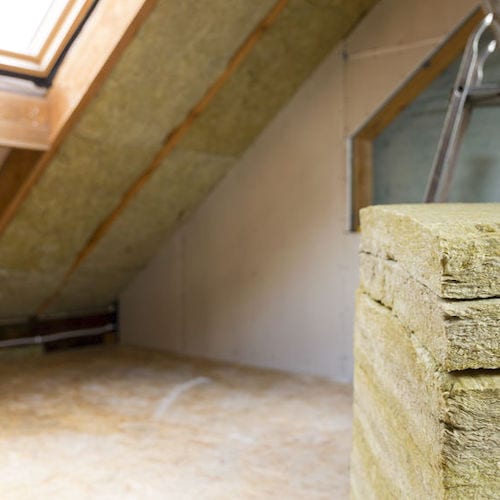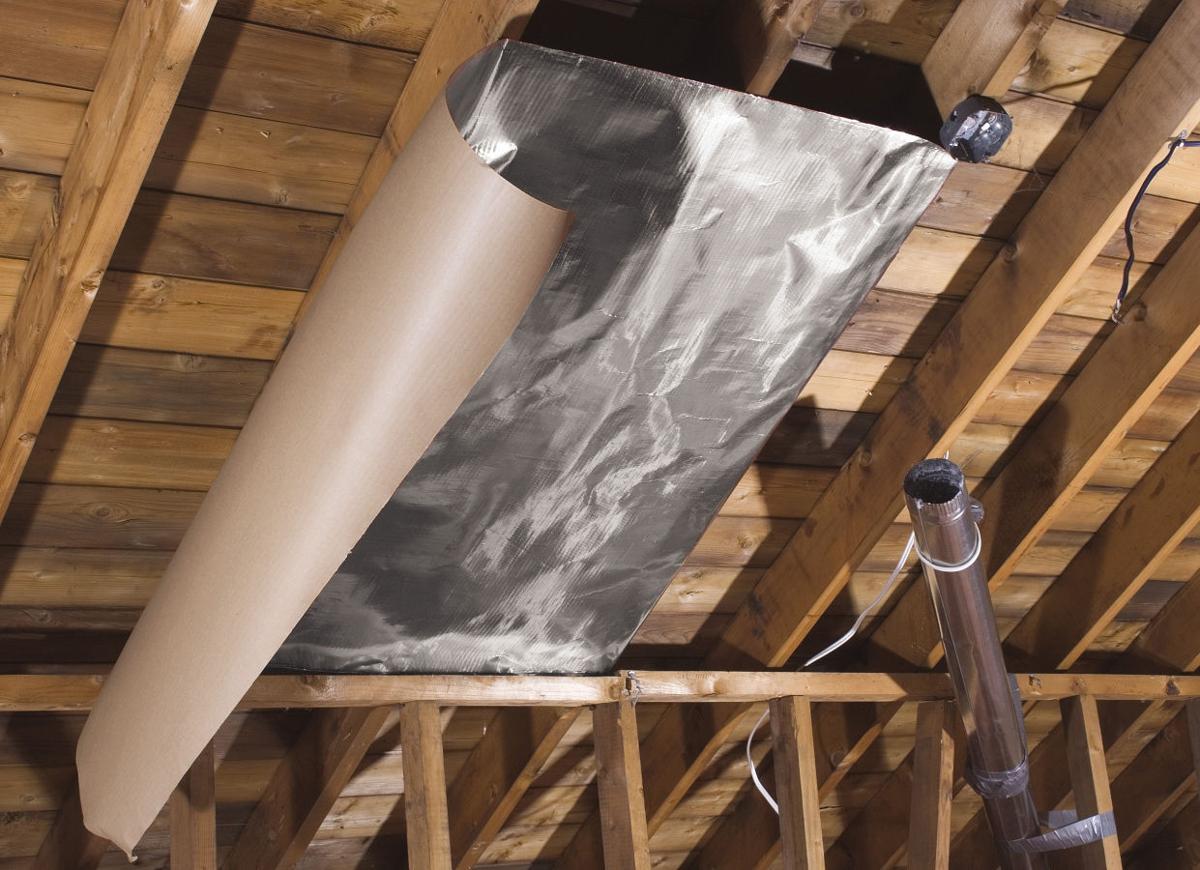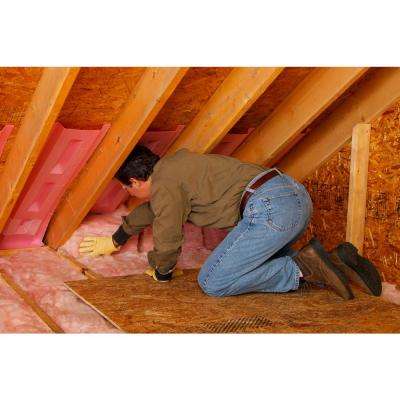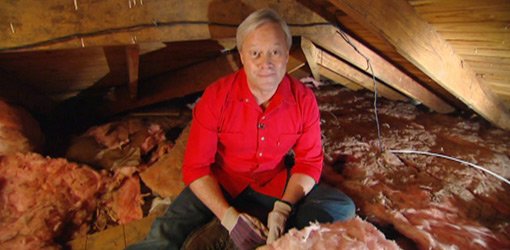Attic Insulation Barrier On Top Of Kraft

The facing on kraft faced insulation is made of kraft paper with an asphalt coating that makes the paper impermeable to water vapor.
Attic insulation barrier on top of kraft. Laying foil over on top of insulation on the attic floor this is probably the easiest method to install radiant barrier atticfoil is to lay the foil out over the existing insulation on the attic floor. The paper creates a vapor barrier that helps keep the water vapor in the warm moist heated indoor air from migrating outward into the wall or other structure. We take a look at how radiant barriers work the different types of radiant barriers and some of the. Faced face insulation uses kraft paper vapor barrier to control moisture transmission between walls and floors.
Paper facing down of course. A radiant barrier can lower heat transfer from attics to the building below keep the attic space cooler and lower cooling costs by up to 17 in warmer climates. The vapor retarder on top of or between layers of insulation can trap moisture. The two staple tabs of insulation paper laid on top of each other to the nailing surface of the stud would seem to be an imperceptible discrepancy perhaps a 1 16 or less.
Using a kraft paper faced insulation laid between the ceiling joists. As the kraft paper tabs on the existing insulation are stapled i inevitably ended up with a lot of tears around light junction boxes top plates etc. Insulation should be rolled out perpendicular to the joists and unfaced rolls should be used. Any existing batt or roll insulation in the attic should have the facing against the attic drywall floor or no facing at all.
Vapor barriers are generally not needed in climates where the temperature is normally above freezing. Batt or rolled insulation or blown loose fill insulation fiberglass or cellulose can be installed on top of old insulation. Radiant barriers are utilized to reduce summer heat gain in attics and help to improve the efficiency of green building envelopes. The insulation estimator helps you determine how much insulation is needed to cover the total square footage of your attic floor and walls.
This method can be used in any climate though it historically has been most popular in colder climates. The house was built in 1967 so i had to pull up the existing insulation in order to air seal. Unfaced means the insulation lacks a vapor retarder paper or plastic facing. Will provide a slowing of the vapor movement without completely stopping it.
The vapor retarder kraft paper is facing toward the conditioned side. I live in maryland.















































